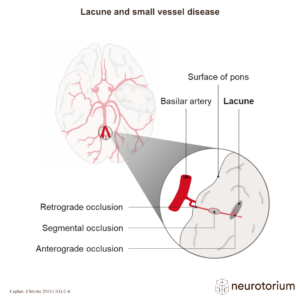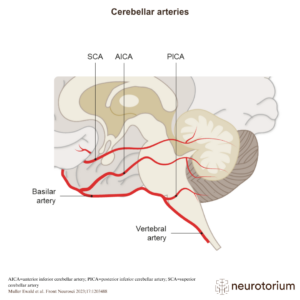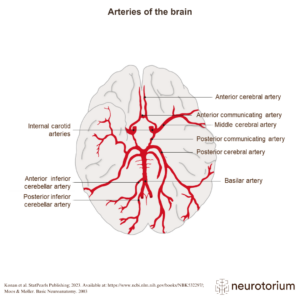In this video, Alexandra Z Durfee, Ph.D., discusses the role of language and breaks down communication into its core components: exchanging ideas, the symbols (words) we use, their sounds, and sentence construction while highlighting the importance of motor skills for speaking or signing, and cognitive skills such as memory and attention.





